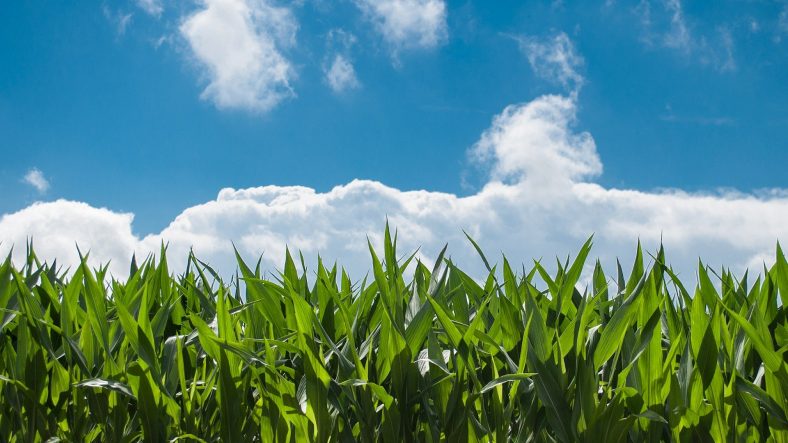Mankind is said to have originated in a southern African region of northern Botswana, according to a study by Australian and South African scientists published in Nature.
The work done by Dr. Vanessa Hayes of the University of Sydney and her colleagues offers one of the most accurate portraits of the first 100,000 years of the history of the anatomically modern human (Homo sapiens).
For ten years, this group of scientists has gone back to the roots of the genetic-genealogical
tree of the human.
It’s like looking at a big tree, whose Europeans and Asians are tiny branches at the top.
A corner of paradise
The first ancestors of the human thus appeared in this southern African region 200 000 years ago, to flourish for 70 000 years without leaving it.
Today desert, this region – called the Kalahari – was at the time wet, green and lush.
By studying existing geological, archaeological and fossil evidence, the researchers found that the area was once home to Africa’s largest lake system, Lake Makgadikgadi, twice the size of Lake Victoria.
The climate then began to change, thanks to a modification of the Earth’s orbit
, details the oceanographer Axel Timmermann, co-author of the study.
The lake broke up; the region has gradually dried up.
Even before the emergence of the human, the lake had begun to dry out due to the displacements of the underlying tectonic plates. It was a vast wetland, an ideal ecosystem for the maintenance of life.
A globe to colonize
The authors believe that the ancient wetland ecosystem provided a stable ecological environment for the early ancestors of modern humans to live there for 70,000 years.
Then, some of them left their homeland between 130,000 and 110,000 years ago.
The first migrants ventured north-east, followed by a second wave of migrants who traveled south-west. A third population has remained in the homeland until today.
These early human explorations of the globe have led to the genetic, ethnic and cultural diversity of today’s human.
We have known for a long time that modern humans appeared in Africa about 200,000 years ago, but until now we did not know where exactly this homeland was.
This research is based on the genealogical genealogy, which allows to draw models of migrations.
Its authors analyzed 200 mitochondrial genomes, genetic markers of maternal genealogy, taken from populations currently living in Namibia and South Africa, a region of Africa long considered to be one of the cradles of the modern human.
DNA tests revealed the rare presence of the oldest maternal genetic lineage, called L0 , still carried by these populations.
In observing this lineage, we wondered where these people came from, where they lived. We have therefore studied the geographical dispersion of this lineage.
We have done spatial analysis to go back in time, because every time a migration occurs, it is recorded in our DNA, which changes. It’s like a clock in our history
, says the geneticist.
The Khoisans, first humans
By comparing the genomes, the researchers managed to isolate a common ancestor who was an ancient Khoisan, a hunter-gatherer people still living today.
According to the study, all humans currently living in Africa and outside Africa share this same ancestor.
I think we were all Khoisans at one point.
These Khoïsans, the first modern human community, would have lived in the same region for 70,000 years, without moving. How do we know? Because the genome has remained the same, without diverging, from 200 000 to 130 000 years before our era, approximately.
The community would have flourished in this region (large as New Zealand), located south of the Zambezi River, which runs from present-day Namibia, crosses northern Botswana and goes as far as Zimbabwe.
But some stayed, adapting to the drought. Their descendants still live there, and remained hunter-gatherers. Because of this ancestral way of life, Vanessa Hayes suspected that these Khoïsans bore this ancient lineage.
Another sign: they speak a click
language , which snaps some consonants with the language. But we know that click language is the oldest
, says the researcher.
The Khoians who live here have never left the ancestral homeland. They know they have always been here, they tell each other from generation to generation. I had to prove it scientifically to the rest of the world.

